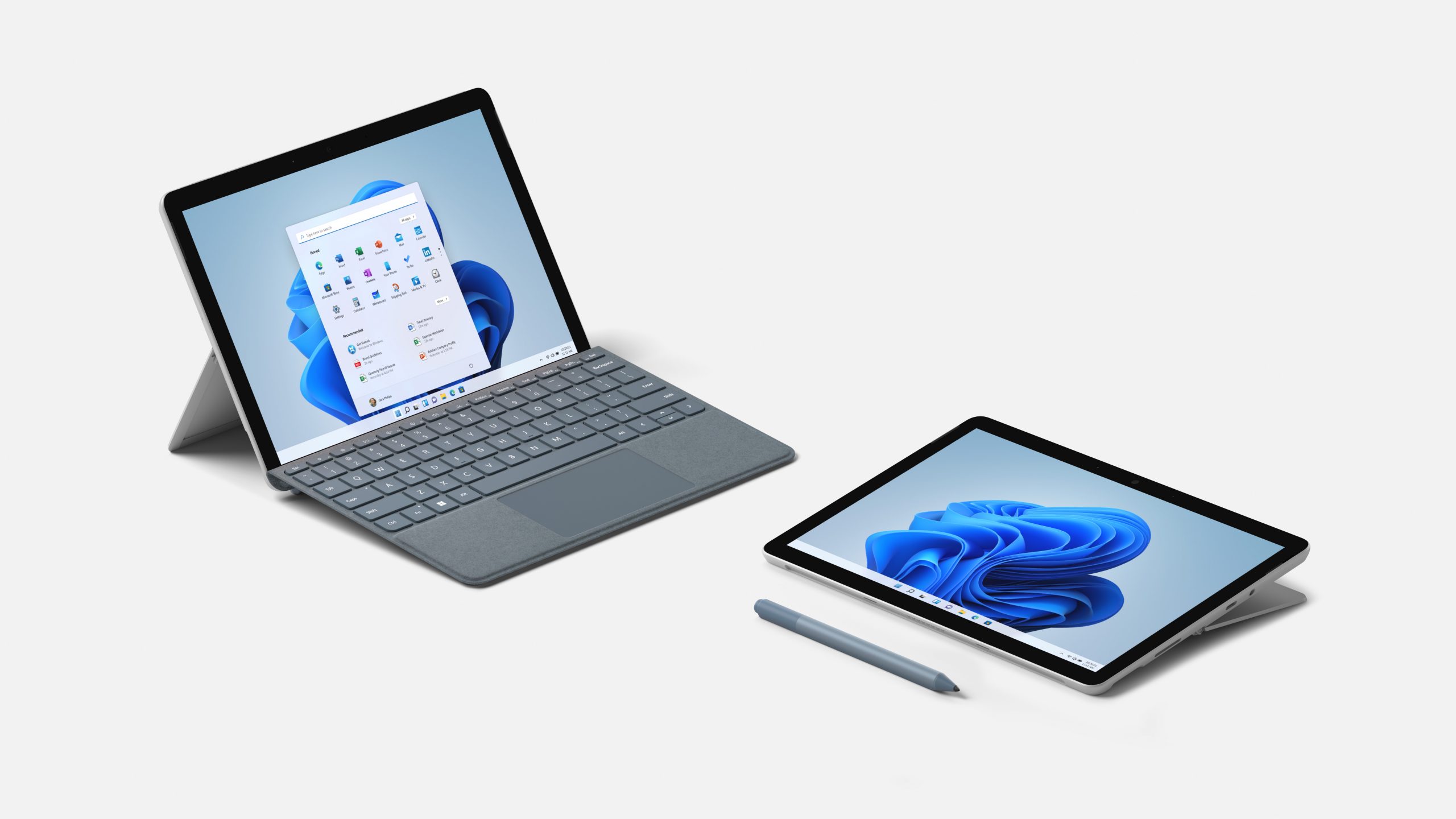
In an ambitious move that signals a significant strategic pivot, Microsoft has announced the appointment of Pavan Davuluri as the head of its Windows and Surface divisions, marking a pivotal moment in the company’s history. This leadership transition follows on the heels of Panos Panay’s surprising exit to Amazon last year, an event that precipitated a temporary division of the Windows and Surface teams under separate leaderships. The reconsolidation under Davuluri’s guidance comes after Mikhail Parakhin chose to pursue new opportunities, setting the stage for a transformative era at Microsoft.
Microsoft’s decision to unify the leadership of its Windows and Surface teams under Pavan Davuluri is more than a mere administrative change; it is a strategic realignment intended to streamline the collaboration between the company’s software and hardware segments. Rajesh Jha, Microsoft’s Executive Vice President for Experiences and Devices, elucidated the company’s vision in an internal memo, expressing the objective to create a seamless integration between silicon, systems, experiences, and devices. The move is emblematic of Microsoft’s broader ambition to foster an environment of enhanced collaboration and innovation, particularly in leveraging the vast potentials of artificial intelligence (AI) within its client and cloud ecosystems.
- Tenure at Microsoft: Over 23 years
- Previous Role: Head of Surface Silicon and Devices
- Key Achievements:
- Spearheaded collaborations with Qualcomm and AMD for custom Surface processors.
- Instrumental in the integration of hardware and software initiatives within Microsoft.
This leadership reshuffle is part of a wider restructuring initiative that underscores Microsoft’s increasing investment in AI technologies. The recent incorporation of Mustafa Suleyman, the co-founder of Google DeepMind and the erstwhile CEO of Inflection AI, into the Microsoft fold as the CEO of a newly minted Microsoft AI division highlights the company’s commitment to this vision. Suleyman’s direct reporting line to Microsoft CEO Satya Nadella signifies the strategic importance of AI in Microsoft’s future roadmap.
The introduction of AI into Microsoft’s strategic framework is not just a response to evolving market dynamics but a clear indication of the company’s aspiration to be at the forefront of this technological revolution. The internal memo sheds light on the restructured reporting hierarchy, with the Web Experiences team being integrated into the Microsoft AI organization under Suleyman’s leadership. This realignment is poised to accelerate Microsoft’s ambitions in consumer AI, leveraging the synergies created by the incorporation of talent and expertise from Inflection AI.
The convergence of the Windows and Microsoft AI teams under this new leadership paradigm is a testament to Microsoft’s proactive stance on navigating the complexities of the digital age. The potential for innovation at the intersection of AI, silicon, and user experience presents a thrilling prospect for the future of technology. Moreover, with Microsoft AI assuming oversight of key components such as Edge, which remains an integral part of the Windows ecosystem, the opportunity for creating a more cohesive and integrated user experience is unparalleled.
- Unified Leadership: Pavan Davuluri to lead both Windows and Surface divisions.
- AI Focus: Introduction of Mustafa Suleyman as head of Microsoft AI team.
- Organizational Restructure: Integration of Web Experiences team into Microsoft AI organization.
- Collaboration and Innovation: Enhanced synergy between hardware and software teams.
Microsoft’s Strategic Leadership Changes
| Position | Previous Holder | New Holder | Key Changes |
|---|---|---|---|
| Head of Windows & Surface | Panos Panay | Pavan Davuluri | Unified leadership for cohesive development |
| CEO, Microsoft AI Division | – | Mustafa Suleyman | New division focusing on consumer-facing AI products |
In conclusion, Microsoft’s strategic realignment through these leadership changes heralds a new chapter in the company’s storied history. With a renewed focus on bridging the gap between hardware and software, and a clear vision for the integration of artificial intelligence into its product ecosystem, Microsoft is poised to redefine innovation within the tech industry. The challenges ahead are significant, but so are the opportunities for growth and development. As these newly appointed leaders steer their teams towards a unified future, the potential for groundbreaking advancements in AI, silicon, and user experiences seems limitless. Microsoft’s commitment to innovation and leadership in technology shines brightly in this strategic realignment, promising an exciting era ahead for the company, its consumers, and the broader technological landscape.
Related News:
Featured Image courtesy of Microsoft News
